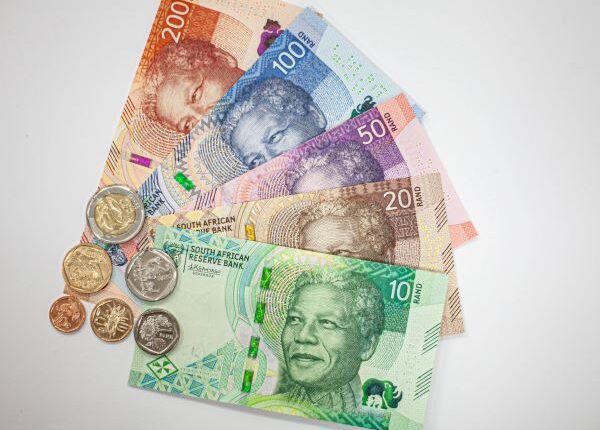RESERVE BANK ISSUES NEW BANK NOTES & COINS
The South African Reserve Bank has launched a series of new notes and coins, which have been in circulation since 4 May. In line with international best practices, each country or member is expected to upgrade its currency notes to prevent counterfeiting and stay up-to-date with technological advances.
The big five are depicted as a family in the back, while former President Nelson Mandela’s image is portrayed in the front. The coins whose theme focuses on nature have animals such as the Springbok and Southern Right Whale on R2 and R5 coins.
According to the Reserve Bank, the banknotes and coins have enhanced security features and new designs. The theme for the notes remains the same. In contrast, the theme for the coin is ‘Deep Ecology,’ which acknowledges the interconnectedness of living organisms as an integral part of the environment.
Regarding the design, the money of a particular country is a window to that country as it reflects what the country stands for and its economic status.
Having the old or new note will not affect its face value.
They also considered the colour with regard to partially blind people. For instance, there were struggling to differentiate between the recent R200 and R20 notes because of their similarities. Still, they have changed the colour to make it easier for the public to distinguish between them.
After all concentration processes are done, it will take 3 to 4 years to complete the entire process. The next step is to consult banks and see if any upgrades are necessary concerning the technology these institutions use in line with the new notes.
The Reserve Bank doesn’t require banks to change the machines they have been using; hence the banknote size remains the same, but the bank needs to update security features. The current and new notes will coexist, while old banknotes will only be discarded if dirty or worn out.
The entire process begins with research on what is trending in the country at that particular time, and after that, local artists are commissioned to translate the data into a Theme. Consultation processes with organisations such as the Language Board, Pensal and the blind community are undertaken to obtain input on needed changes.


Comments are closed.